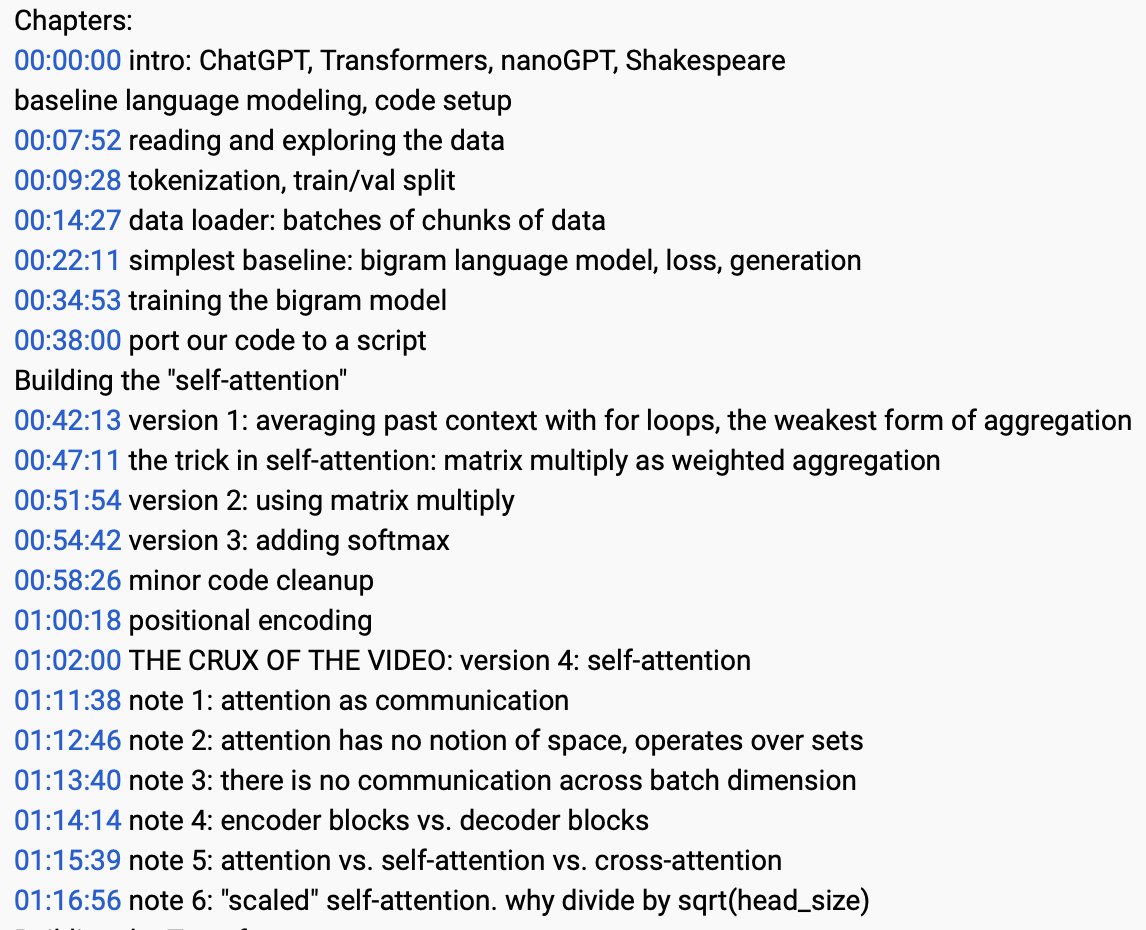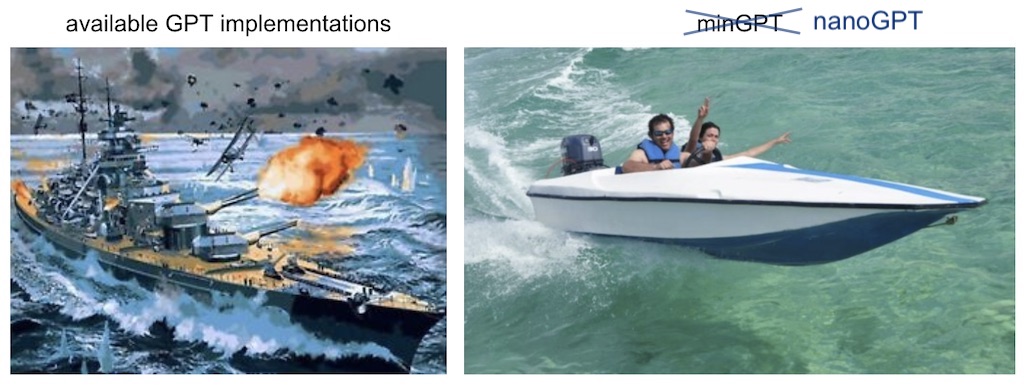Next frontier of prompt engineering imo: "AutoGPTs" . 1 GPT call is just like 1 instruction on a computer. They can be strung together into programs. Use prompt to define I/O device and tool specs, define the cognitive loop, page data in and out of context window, .run().
https://twitter.com/SigGravitas/status/1642181498278408193
Interesting non-obvious note on GPT psychology is that unlike people they are completely unaware of their own strengths and limitations. E.g. that they have finite context window. That they can just barely do mental math. That samples can get unlucky and go off the rails. Etc.
(so I'd expect the good prompts to explicitly address things like this)
1 GPT call is a bit like 1 thought. Stringing them together in loops creates agents that can perceive, think, and act, their goals defined in English in prompts.
For feedback / learning, one path is to have a "reflect" phase that evaluates outcomes, saves rollouts to memory,… twitter.com/i/web/status/1…
For feedback / learning, one path is to have a "reflect" phase that evaluates outcomes, saves rollouts to memory,… twitter.com/i/web/status/1…
All of that is just one agent/thread. People coalesce into organizations so they can specialize and parallelize work towards shared goals. Imo this is likely to happen to AutoGPTs and for the same reasons, strung into AutoOrgs, with AutoCEO, AutoCFO, AutoICs, etc.
• • •
Missing some Tweet in this thread? You can try to
force a refresh

 Read on Twitter
Read on Twitter













